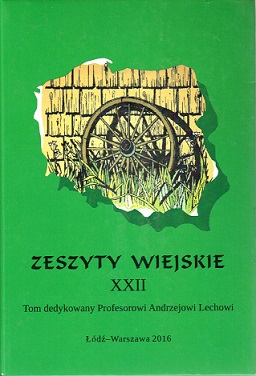Political history of agrarian movement in Romania and dispute on its ideological model in the first period of parliamentary activity of Partidul Ţărănesc (1918–1920)
DOI:
https://doi.org/10.18778/1506-6541.22.42Abstract
The development of Romanian agrarian movement started quite late – just after the Great War. The reason for it was an ancient-modeled voting law used in Romania before 1919. In this model the peasantry in Romania had only an indirect voting possibility, thus it was very hard to promote the peasant to parliament. Obviously, there were some earlier attempts at instituting the peasant party, but they were simply inefficient. Only after the 1918 as a part of Romanian reforms with the inclusion of electoral law, creating the proper agrarian movement became possible. In the, so-called the Greater Romania a few parties were created and they called themselves agrarian or peasant. Among them the most important party was the one created in the “old kingdom” – as Romania in pre WWI borders was called. It was created in 1919 and became the most powerful peasant party that even joined the governmental coalition in 1919/20. But the agrarian movement does not only mean a political struggle, it is also a theoretical question, and the Peasant Party members – especially Virgil Madgearu were very influential in creating modern and fairly powerful agrarian movement in Romania.
Downloads
Downloads
Published
How to Cite
Issue
Section
License

This work is licensed under a Creative Commons Attribution-NonCommercial-NoDerivatives 4.0 International License.











